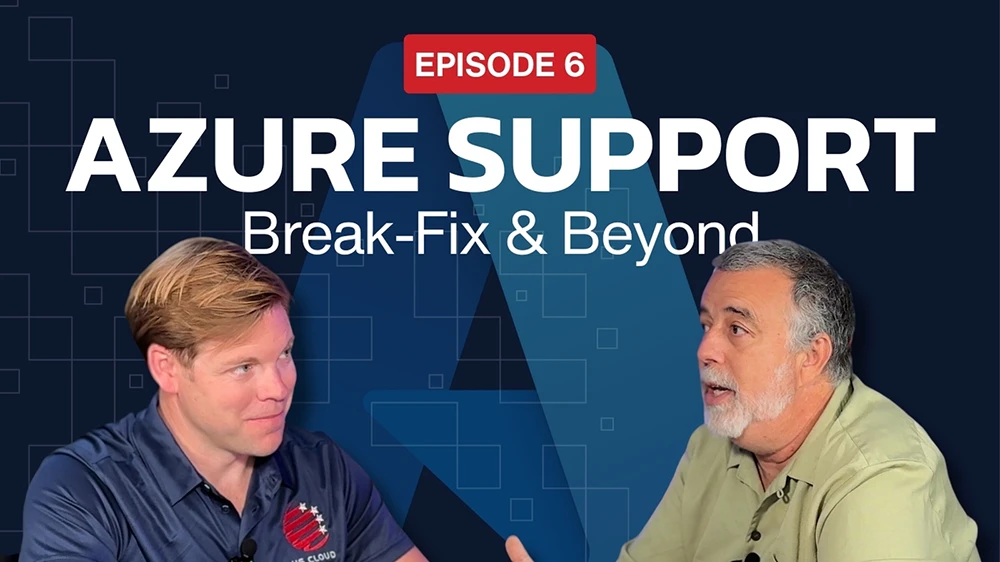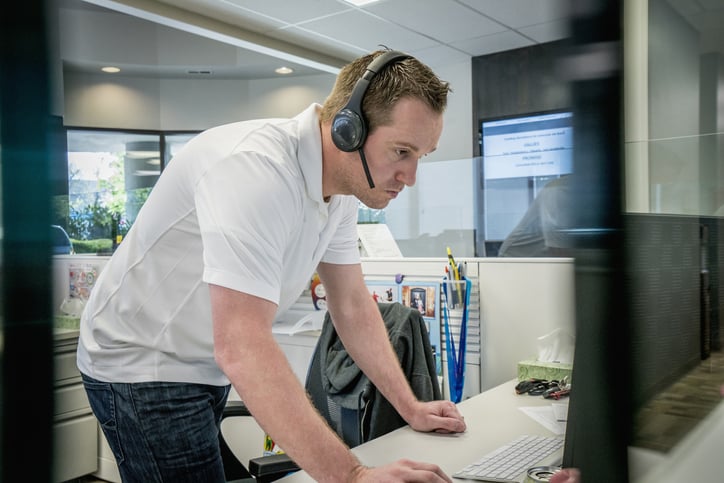3rd Party: A Microsoft Support Show – How DSEs Accelerate Microsoft Support Services (ep6).

Sometimes it feels like you’re the subject of a panel interrogation while you’re on a support call. A series of experts are cycled by you on the phone, and you have to retell the story of your incident over and over again—with all relevant details in place—to try to induce a solution from a murky support conglomerate.
And if you happen to tell that story a little differently one time to one specific engineer…well, that changes everything and you may have to start over again.
However, with a designated support engineer (DSE) through US Cloud, it’s like having an advocate on the inside who already knows your background. They can help your Microsoft support engineer at US Cloud skip the litany of questions you’ve already answered so you can get directly to the point: fixing the Microsoft issue at hand.
At US Cloud, we’re prepared to support the success of your Microsoft ecosystem, no matter how intertwined your products and technologies are. To accomplish this goal, we offer three service formats to ensure you’re covered for every situation:
- Project advisory
- Project deployment
- Designated Support Engineer (DSE) service
Because all of our engineers are internal to our organization and located within the United States, our speed and security compliance are unmatched.
Skip the endless Microsoft incident interrogation next time. Just book a call to see how US Cloud can help you expedite information to your break/fix engineer, helping you accelerate towards the solutions you need.
Read the Full Transcript Here
DSE and Microsoft Support Service FAQs
What is a DSE in Microsoft support?
DSE stands for “designated support engineer.” At US Cloud, an expert in this position supports clients by being an insider advocate for their technology and specific needs. This helps expedite Microsoft solutions.
What types of Microsoft support services do DSEs at US Cloud help with?
Our designated support engineers (DSEs) at US Cloud support clients through project advisory (providing a space to ask relevant questions about Microsoft services), project deployment, and holistic DSE service that offers the “white glove” treatment to clients seeking even more streamlined third-party Microsoft support.
Does US Cloud offer support that is comparable to direct support from Microsoft Unified Support?
Absolutely. We have found that our incident analysis and response typically align with what senior-level engineers at Microsoft would have done. Listen to the podcast on this page or read the transcript for an example!



